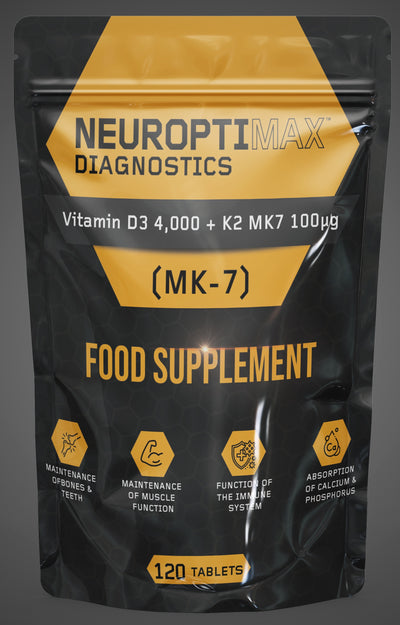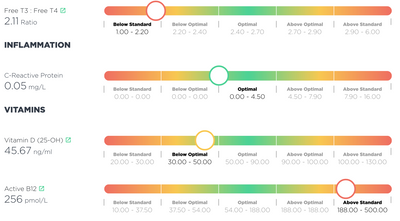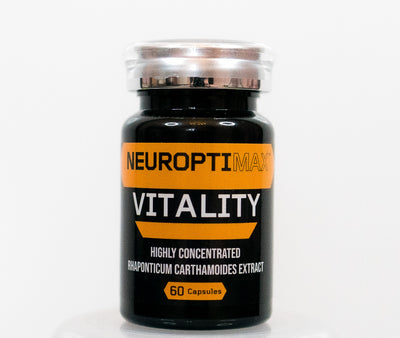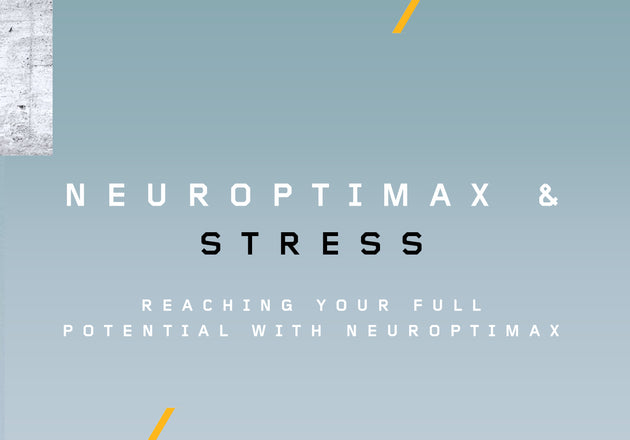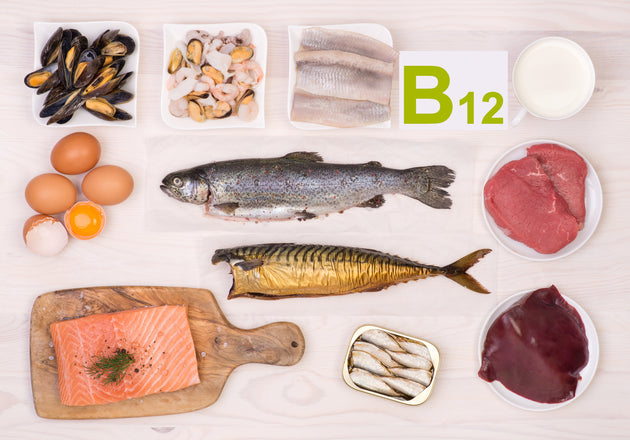
How To Lower Your HbA1C Levels – Your Complete Guideline (2022)
Overview
As a diabetic patient, you usually perform daily finger pricks to measure your blood glucose. The accuracy of these tests is high. However, only at that moment. In other words, if your blood glucose rises abnormally during the rest of the day, you won’t even know about it.
For this reason, the test for hemoglobin A1C became popular. This measures the average of your blood glucose over the past 3 months. Therefore, it will give us a more general view on how well-managed your diabetes is.
For instance, some patients may always have elevated glucose levels when they are fasting but their hemoglobin A1C reveals that their average blood glucose is normal. The contrary can also be true.
Today, HbA1c is commonly used to diagnose diabetes and prediabetes. The best part? It doesn’t require you to fast to get accurate results.
In this article, we will briefly discuss what HbA1c measures exactly, then switch gears to covering the best ways to control it.
What is HbA1c?
A1C measures the quantity of hemoglobin with glucose attached to it. As you may know, hemoglobin is a protein found in red blood cells. The role of this protein is to carry oxygen to the body. The lifespan of red blood cells (and hemoglobin) is around 3 months.
Therefore, glucose attached to hemoglobin can tell us about the amount of blood glucose for the past 3 months. Having a higher hemoglobin A1C indicates poor control of your diabetes. Conversely, low HbA1c is a good sign.
However, this parameter is not exclusive to diabetic patients. Healthy patients can also benefit from measuring their HbA1c if they suspect prediabetes or diabetes.
How to manage your HbA1c
One of the first things you could do to limit your sugar intake is to adopt a new diet.
Focus more on whole foods and avoid buying processed foods; read the label of every product you plan to buy and make sure it’s free of refined sugar, artificial sweeteners, and trans fats.
There are limitless health benefits to a whole-food-based diet since all the industrialized processing is eliminated, and you’re left with fresh, nutrient-loaded, natural foods.
Here is a list of some artificial sweeteners to avoid:
- Acesulfame Potassium
- Aspartame
- Neotame
- Saccharin
- Sucralose
- Stevia/Rebaudioside
These are commonly found in several products, so if you see them on a food label, it’s a warning sign that you should not buy that product.
Note that this list is by no means comprehensive.
Foods with hidden sugar
Surprisingly, many foods that we don’t usually consider as rich in sugar contain high levels of carbs that could secretly damage our bodies.
Thankfully, many of these foods are natural, so there are little to no artificial sweeteners; however, we should always be aware of what we’re consuming.
Here is a list of food items that are rich in carbohydrates:
- Pasta Sauces
- Granola Bars
- Yogurt
- Instant Oatmeal
- Salad Dressing
- Breakfast Cereals
- Coleslaw
- Dried Fruit
- Ketchup
Speak with your doctor about your current lifestyle habits to control HbA1c. This is important as some habits can do more harm than good.
Takeaway message
Limiting your carbohydrate intake and sticking to a whole food diet is one of the best ways to manage your hemoglobin A1C! This lifestyle could protect you from several fatal diseases, such as cancer, coronary artery disease, and diabetes.
Learn to read the label of the foods you’re buying. It is a crucial skill that everyone should master.
